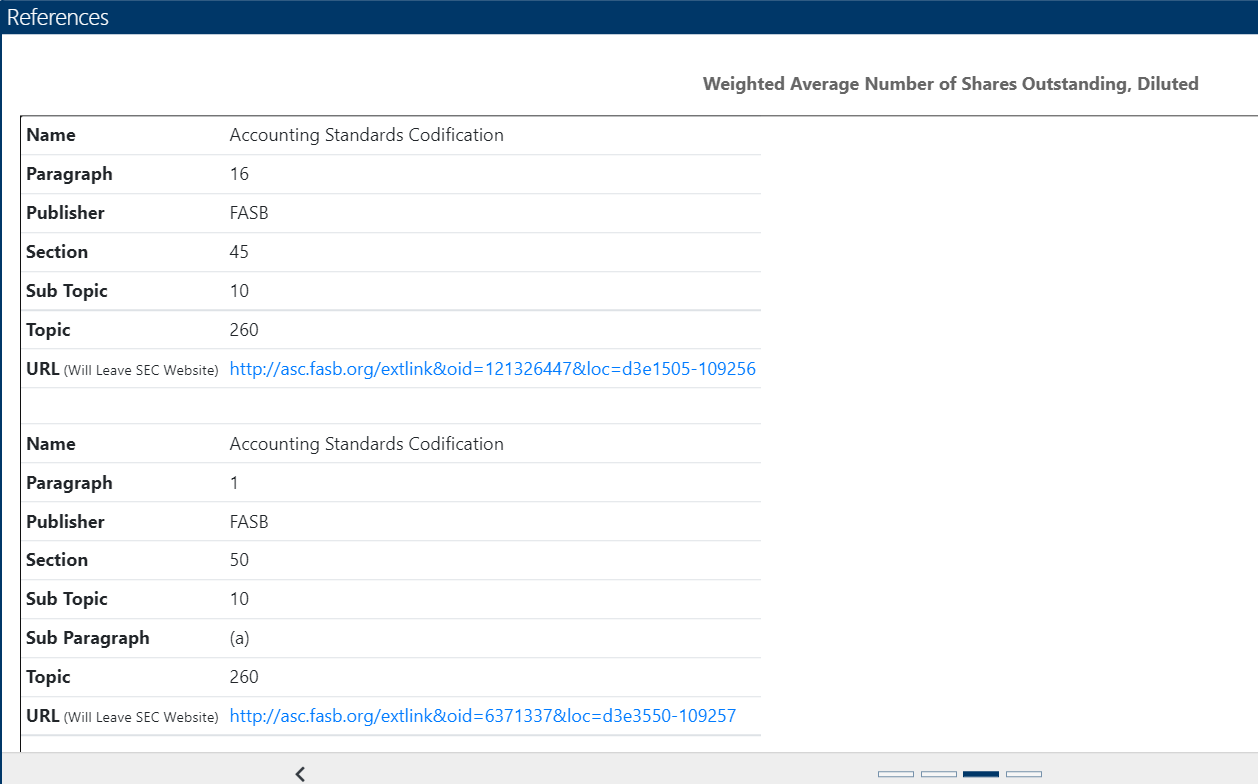There is no "correct" way to determine a company's fully diluted shares. There is however an accounting convention that public companies use for financial reporting.
In your case, the latter 4Q20 figure, 17.528.214.000, is what the company reports in [its 2020 10-K][1]its FY2020 10-K.
In that 10-K, you'll find the figure reported as "Weighted-average diluted shares," and see that figure is linked to the accounting convention applied (you'll see a pop-up once you click on the figure; scroll to the third panel of the pop-up).
That panel will look like this:

Professional investors will often create their own calculations based on their own assumptions to determine a fully-diluted share count that factors in a variety of derivative instruments and securities as disclosed in a company's financial statement footnotes, elsewhere in a 10-K or 10-Q, proxy statements, compensation agreement exhibits, debt indentures (for convertible securities), warrants purchase agreements, and other filings.
Because of the complexity of the above and in order to speak a "common language," most investors rely on the reported figure and a company's (usually) undisclosed calculation supporting it.
